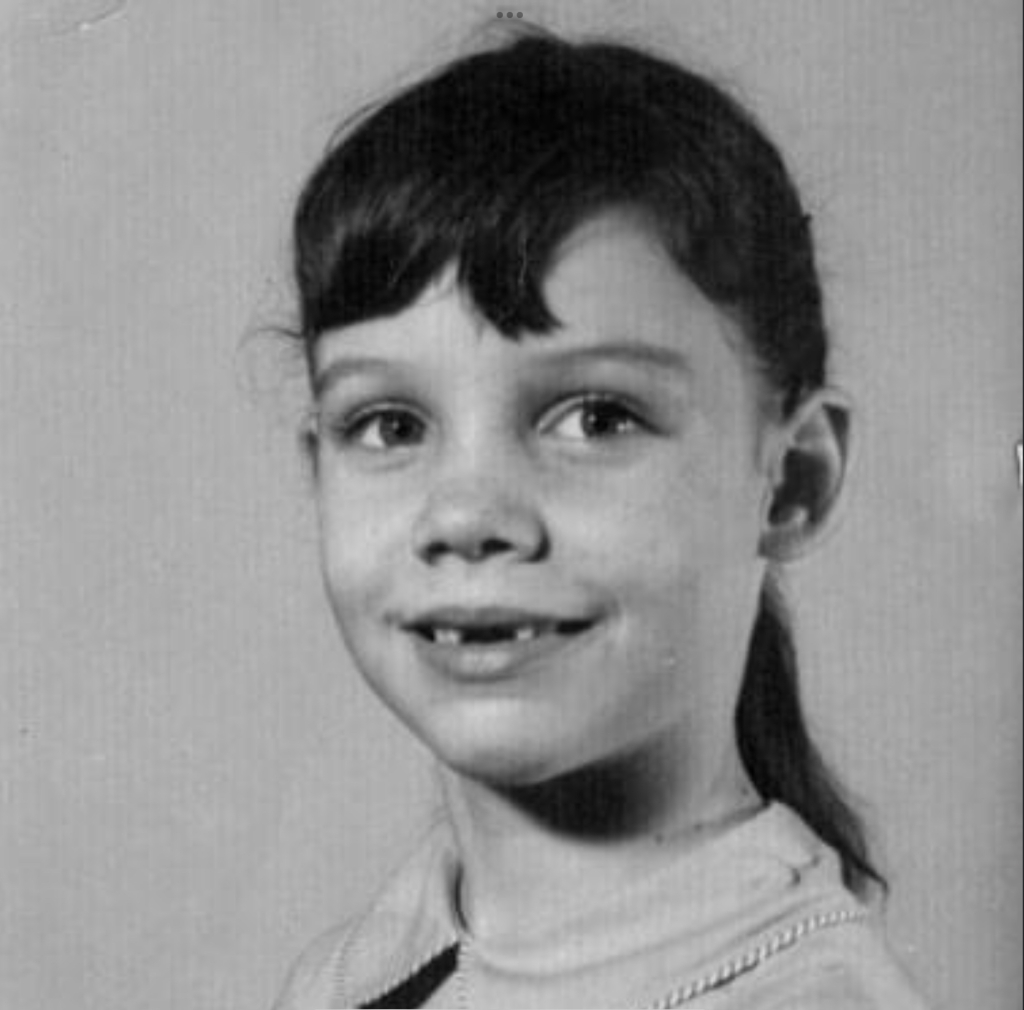I listened to a podcast from the Huberman Lab, How to Improve Oral Health and Its Critical Role in Brain and Body Health, recently. I learned a lot, and I want to share a couple of insights that can improve health.
(The whole podcast is a good listen if you like to keep up with the latest science about health, and… it’s 2 hours long! I listen sometimes while driving into Austin for work several days a week. It’s available on YouTube, Apple Podcasts, and other venues.)
First, know that some kinds of mouthwash can actually raise your blood pressure. (Timestamp on YouTube is 1:22:38.)
Wow! That was news to me!
There’s an ingredient in antiseptic mouthwashes that you want to avoid: chlorhexidine. It’s an antimicrobial substance used to treat gingivitis.
Turns out the oral cavity (mouth) has a microbiome that includes microbes that regulate blood pressure!
Who knew, right?
Chlorhexidine in mouthwash kills these helpful microbes, leading to higher systolic blood pressure. That’s the top number.
Here’s more on this finding: https://www.medicalnewstoday.com/articles/324621#Mouthwash-may-do-more-harm-than-good
Dr. Huberman also recommends against using alcohol-based mouthwashes because they deplete the healthy oral microbiome.
Takeaway: read the ingredients, especially if you use mouthwash and have high blood pressure.
Second, xylitol is a low-calorie sweetener that streptococcus mutans bacteria eat (like any sugar). Unlike other sugars, xylitol prevents formation of an acid made by these bacteria that demineralizes the teeth and leads to cavities. (Timestamp is 1:14:23.)
So xylitol keeps teeth mineralized and prevents cavities.
It also helps the body produce more saliva, which also supports remineralization of the teeth.
When I do intraoral manual therapy for my clients with jaw tension, I ask them to swish with a little mouthwash before I put a gloved finger into their mouths. I’ve used salt water too. Although it doesn’t freshen breath, rinsing with salt water helps keep healthy mouth bacteria in balance.
I started doing this when the COVID virus was such a concern, and I still use an air filter.
I like to use Spry breath mints made with xylitol to freshen my breath, and when researching nontoxic mouthwashes, I learned that Spry makes a xylitol mouthwash that is not alcohol-based.






